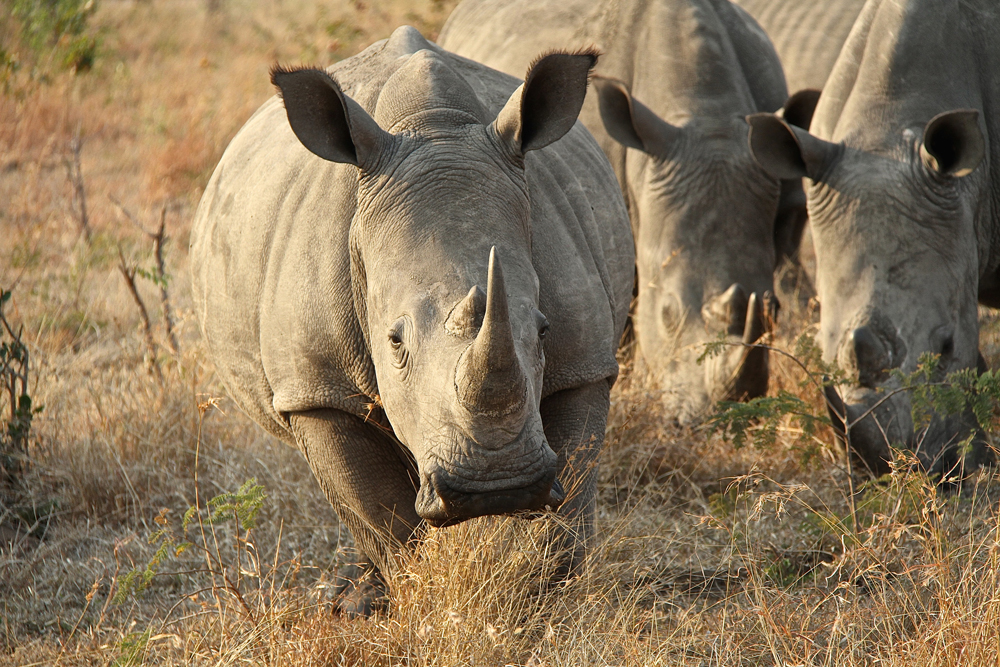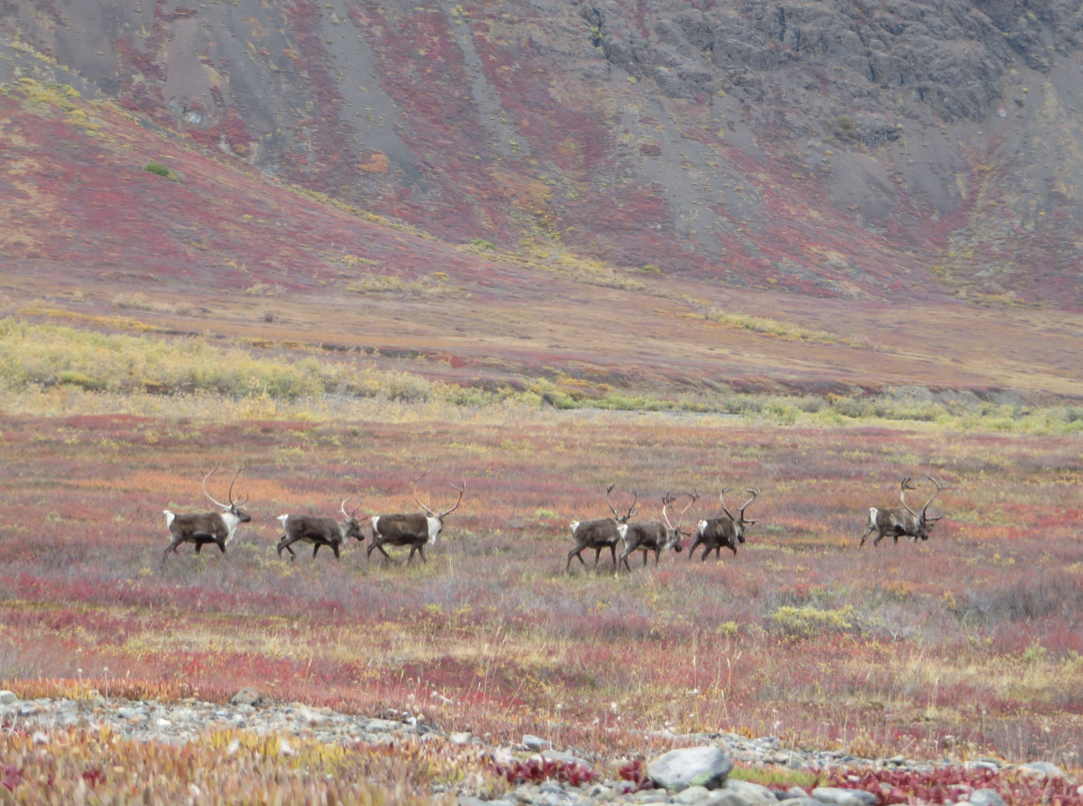In the says to combat poaching, first it was fake ivory, then drone use. Now there’s a new super tool in the fight against poaching, and it’s much more fundamental than the rest.
The New York Times reports that geneticists are now using an animal’s DNA to help identify its body parts if they appear on the black market. By sampling an animal’s hair, blood, dung, etc., investigators are able to build a database of genetic material, then if an animal’s tusk, horn, or other part appears for sale, they can connect the two and determine if the animal was poached. Not only that, but the genetic data can be used to tie a poacher’s blood-stained jacket or similar incriminating evidence directly to the animal, closing the case.
Researchers in South Africa, for instance, have amassed thousands of samples that can be used in these investigations. If that sounds like a daunting task, it’s because it is.
“To make that possible, Dr. Cindy Harper, a veterinarian at the University of Pretoria, and her colleagues collected DNA from every rhinoceros they could find—more than 20,000 so far,” Gina Kolata writes. “They have taught park rangers how to retrieve blood, tissue, or hair samples from every rhinoceros that is killed, dehorned, or moved.”
The aforementioned park rangers are also being taught the same crime scene procedures that the FBI employs, ensuring the DNA samples they collect are free from contamination. Even the poaching database’s name channels the FBI: Rhodis, after the Bureau’s Codis.
Just think of it all as CSI: Johannesburg.
Photo: Leslie Lauren/iStock




